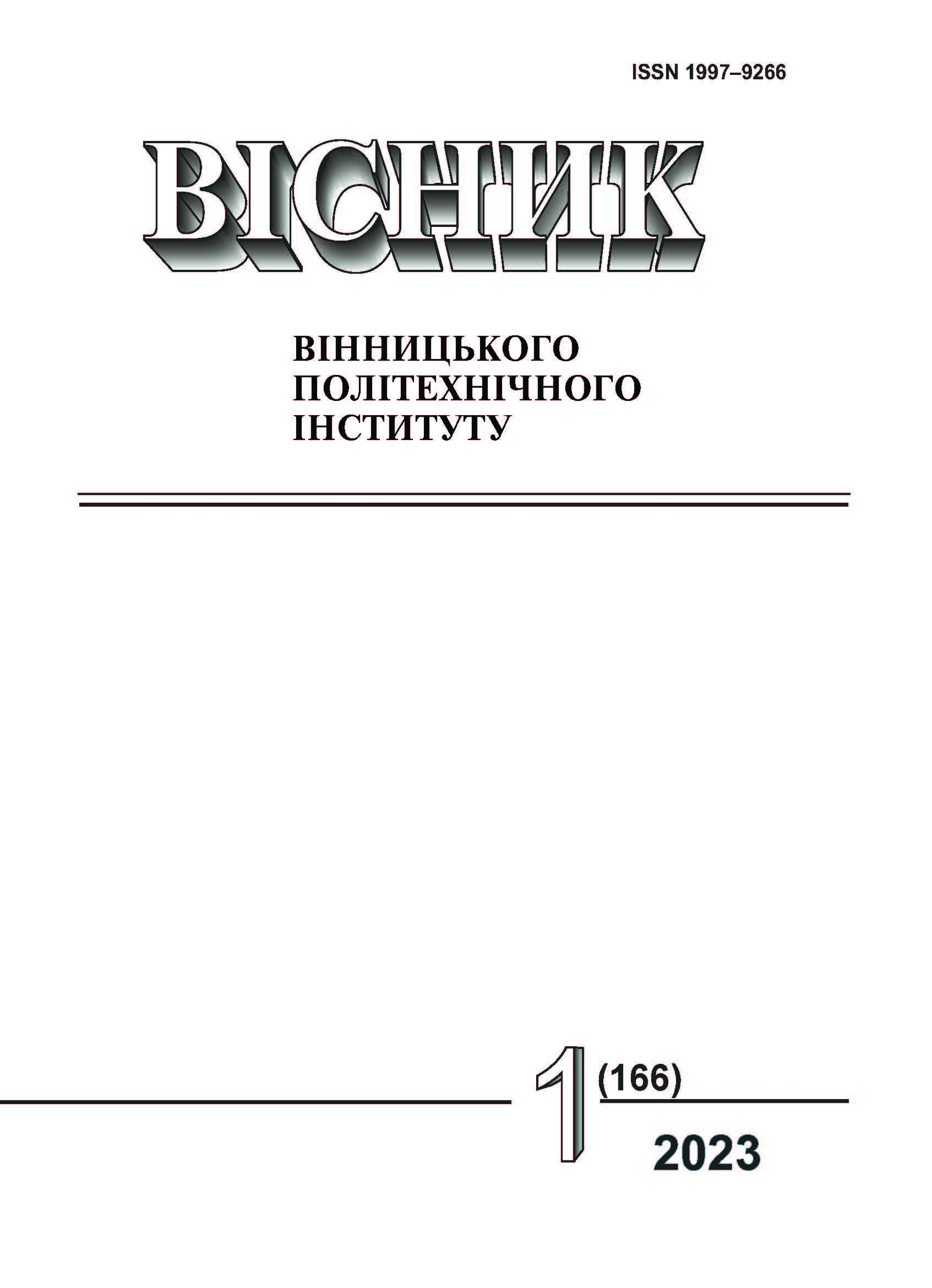Determination of the Influence of Gas-Dynamic Flow Parameters on the Degree of Particles Deformation Under Electric Arc Spraying
DOI:
https://doi.org/10.31649/1997-9266-2023-166-1-82-89Keywords:
electric arc spraying, sprayed particles, degree of deformation, velocity, gas-dynamic parametersAbstract
The paper analyzes the scientific and technical information on the process of propagation of a heterophase turbulent jet with particles of the solid phase during electric arc spraying. It has been established that data on determining the parameters of impact and deformation of sprayed particles are currently incomplete, which is of great importance when choosing the optimal temperature-time parameters for the subsequent heat treatment of the formed coatings. The calculation of the main gas-dynamic parameters for electric arc spraying was carried out: the velocity of air and sprayed particles along the jet axis and along its cross section at a spraying distance of 100 mm. It has been established that the air velocity in the initial section of the jet is constant and is about 310 m/s. At a distance of about 35 mm, this section ends and the air velocity begins to decrease and at a spraying distance of 100 mm it is 135 m/s. It is shown that in the initial section of the jet, the sprayed particles are accelerated and reach a maximum velocity of about 80 m/s. With a further increase in the distance from the nozzle exit, the particles gradually lose speed and at a spraying distance of 100 mm it is about 75 m/s. Based on the determination of the surface tension, the average drop size of the Sv-08G2S wire was calculated upon separation from the electrode (214 μm) and on approaching the substrate (82 μm). Taking into account the data obtained, a calculated determination of the deformation degree of the sprayed particles along the spraying spot at a distance of 100 mm was made. It has been established that particles along the flow axis have the highest degree of deformation (about 86 %), which is explained by their high kinetic energy. The average value of the diameter of sprayed particles at a distance of 100 mm was experimentally determined when spraying Sv-08G2S wire (84 µm) into water, which correlates well with the calculated value. A cross section was prepared and the degree of particle deformation along the spray spot was determined. A comparative analysis of the calculated and experimental data on the degree of particle deformation was carried out, which showed the difference between them to be no more than ±1 %.
References
П. А. Лыков, Р. М. Байтимеров, Е. В. Сафонов, и А.О. Шульц, «Моделирование процесса распыления расплава в газовой струе,» Вестник ЮУрГУ, № 2, c. 148-154, 2013.
В. И. Юрченко, «Математическая модель двухфазной турбулентной струи с твердыми частицами большого размера,» Известия вузов. Сев-Кавказ. регион. Математическое моделирование и компьютерные технологии, с. 154-158, 2004.
Н. М. Воропай, и А. Й. Мажейка, «Распределение температуры в воздушной струе и напыляемой основе при электродуговой металлизации,» Автоматическая сварка, № 2, с. 18-21, 2004.
Аппарат ручной электродуговой повышенной надежности. Паспорт 36 4552 1402 ПС.
Б. С. Митин, В. Н. Анциферов, Г. В. Бобров, и Л. К. Дружинин, Порошковая металлургия и напыление покрытий. М.: Металлургия, 1987, 792 с.
С. И. Попель, Теория металлургических процессов. М.: ВИНИТИ, 1971, 132 с.
О. П. Солоненко, и А. И. Федорченко, «Теоретические и экспериментальные проблемы взаимодействия частиц с поверхностью,» Ин-т сверхтвердых материалов АН Украины, с. 15-25, 1988.
R. C. Dykhuizen, “Review of impact and solidification of molten thermal spray droplets,” Journal of thermal spray technology, № 3 (4), pp. 351-361, 1994.
S. Fantassi,“Influence of the velocity of plasma-sprayed particles on splat formation,” Journal of thermal spray technology, № 2(4), pp. 379-384, 1993.
L. B. Cedric, “Impact and solidification of indium droplets on a cold substrate,” International journal of thermal sciences, № 44, pp. 219-233, 2005.
Downloads
-
PDF (Українська)
Downloads: 205
Published
How to Cite
Issue
Section
License

This work is licensed under a Creative Commons Attribution 4.0 International License.
Authors who publish with this journal agree to the following terms:
- Authors retain copyright and grant the journal right of first publication.
- Authors are able to enter into separate, additional contractual arrangements for the non-exclusive distribution of the journal's published version of the work (e.g., post it to an institutional repository or publish it in a book), with an acknowledgment of its initial publication in this journal.
- Authors are permitted and encouraged to post their work online (e.g., in institutional repositories or on their website) prior to and during the submission process, as it can lead to productive exchanges, as well as earlier and greater citation of published work (See The Effect of Open Access).





